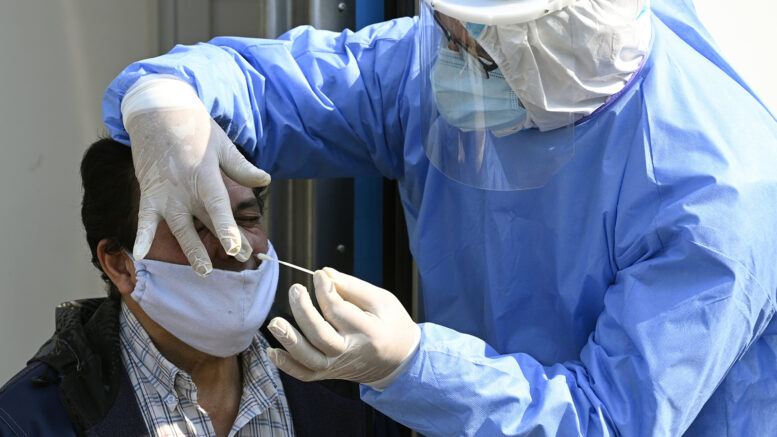New Jersey’s poverty rate was up 25% between 2009 and 2019 for male-headed households, according to a new report from the United Health Foundation.
The 2021 Health Disparities report looks at more than 30 health-related measures gleaned from data collected by the foundation, which is the philanthropic arm of UnitedHealth Group. The data can include education levels, poverty levels and income equality along with basic health measures such as diabetes rates, health care costs and infant mortality rates, according to Dr. Rhonda Randall, chief medical officer of UnitedHealthcare Employer and Individual, part of UnitedHealth Group.
New Jersey’s report showed high disparities in physical activity between college graduates and those with less than a high school education. Physical inactivity was up 21% in white adults between 2013 and 2019, according to the report.
But it wasn’t all bad news for the Garden State. Excessive drinking declined 20% in adults with a high school education between 2013 and 2019. The number of white New Jersey residents with less than a high school education declined 38%. And the unemployment disparities between males and females are low, according to the report.
“An area that New Jersey does well in is Blacks and whites have very similar rates of diabetes,” said. Dr. Rhonda Randall, chief medical officer of UnitedHealthcare Employer and Individual, part of UnitedHealth Group. “That’s way different than what we see on a national average.”
Diabetes diagnoses are increasing nationally and are linked to obesity rates, according to Randall.
“We have been watching over the three decades that we’ve been publishing the America’s Health Rankings report,” Randall said. “The rate generally has been increasing year over year for more than three decades now. And we have been concerned for quite some time.”
The national data also showed some positive trends.
“Some of the key findings in the report, the uninsured rate went down in our nation, 37% between the measurement period year 2010 and then the last period ended in 2019,” Randall said. “That was really nice to see. We also saw improvements in infant mortality, but there’s still some disparities among races with infant mortality.”
But there’s still some work to do in some areas, according to Randall.
“Mental health disparities were worsening,” Randall said. “And that’s what concerns us because that’s one of the measures that I’m going to be watching very carefully post-pandemic because we know there was a significant impact on mental health.”
This article was originally posted on Report highlights health care disparities in New Jersey

Be the first to comment on "Report highlights health care disparities in New Jersey"